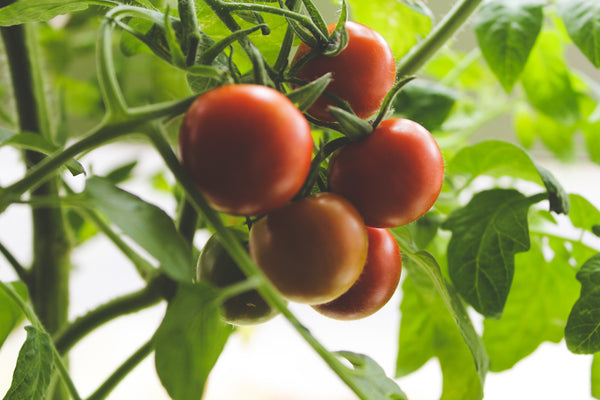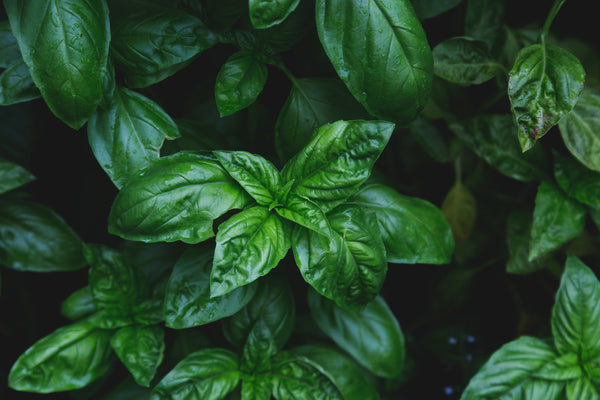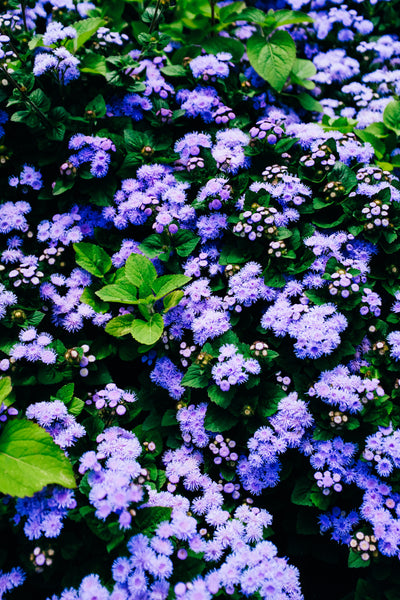Cover cropping is a seasonal process in every well-managed sustainable garden or farm. Planting cover crop seeds is easy. Useful in weed suppression, they are important in building soil structure and add nutrients and organic matter to soils. Many of the cover crops we sell not only perform all those useful functions within your growing space but also serve to support beneficial insect populations and provide a secondary harvest of grain, if you choose to allow the crops to go to seed. Just follow this handy How to Grow Cover Crops from seed guide below.
First time Suggestions: Crimson Clover (CC201). Cover crops are chosen for specific purposes, so our recommendation here is very general. We have found crimson clover exceptionally easy to work with, from planting to tilling under. It builds soil tilth and adds nitrogen to your soil – plus the bees love it.
For the Urban Gardener: Buckwheat (XM995). If your growing area is confined to raised beds or space on a terrace – and you want to use a cover crop – buckwheat is your best choice. It breaks down very quickly once it is dug under, and while it’s above ground, it feeds bees and other pollinators.
Starting
Cover crops can be directly seeded, with not much earth covering the seeds.
Growing
Eight reasons to grow cover crops:
To protect bare soil from being washed or blown away.
To keep nutrients from being washed out of your soil and to add even more when using our nitrogen fixers.
To loosen the soil deeper than you can or would want to dig.
To increase organic matter, improve soil structure, drainage, and aeration.
To control weeds.
To help beneficial insects and microorganisms overwinter.
To increase yields and break pest and disease cycles.
To grow your own mulch and compost material.
Harvest
Till in or cut cover crops before the seed heads mature. If you till in the whole plants, allow 2-4 weeks for them to decompose, as raw biomass ties up soil nutrients to the detriment of newly planted seedlings.
Cover crops provide the primary benefit of preparing your soil for further vegetable cropping. If you choose to allow your cover crops to go to seed so you can harvest the grain, be aware that their root mass can be extensive and difficult to turn over. That said, your own oats, rye or buckwheat straight from your own garden are really a treat and can aid the determined 100 Mile dieter.
Companion Planting
Cover crops can be killed and tilled into the earth to create “green mulch” for your plants. You may also plant cover crops amoung your regular crops as a living mulch to attract those beneficial insects to your garden.
Buckwheat fixes calcium in the soil, and makes an exceptionally good green manure plant. Buckwheat absorbs nutrients that are not available to other plants, and can then be composted or tilled under, releasing those nutrients in accessible forms. Flowers are attractive to pollinators as well as beneficial predatory insects: hover flies, pirate bugs, tachinid flies, and lady beetles.
Clover attracts many beneficials and builds the soil. Helps fight cabbage worms, and increases the number of predatory ground beetles.
Oats grow very quickly for quick tilling to add organic matter to beds, and work well when planted with clover or vetch. An excellent source of green matter for the compost.
Fall rye gives off a chemical that inhibits the germination of weed seeds. Planted twice in a row, it can choke out several tough weed species for good. It produces masses of useful organic matter for tilling under or adding to the compost.
Vetch has long roots that fix nitrogen in the soil, and provide masses of organic matter for tilling under. Do not let vetch go to seed, as it will come back strongly. The seeds are toxic to chickens.
More on Companion Planting.



